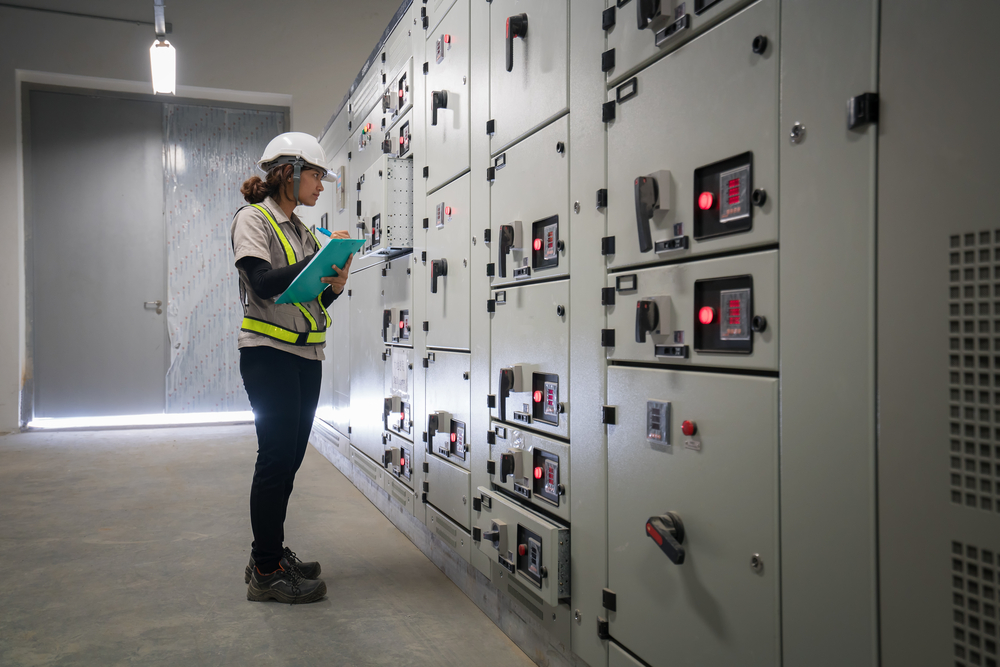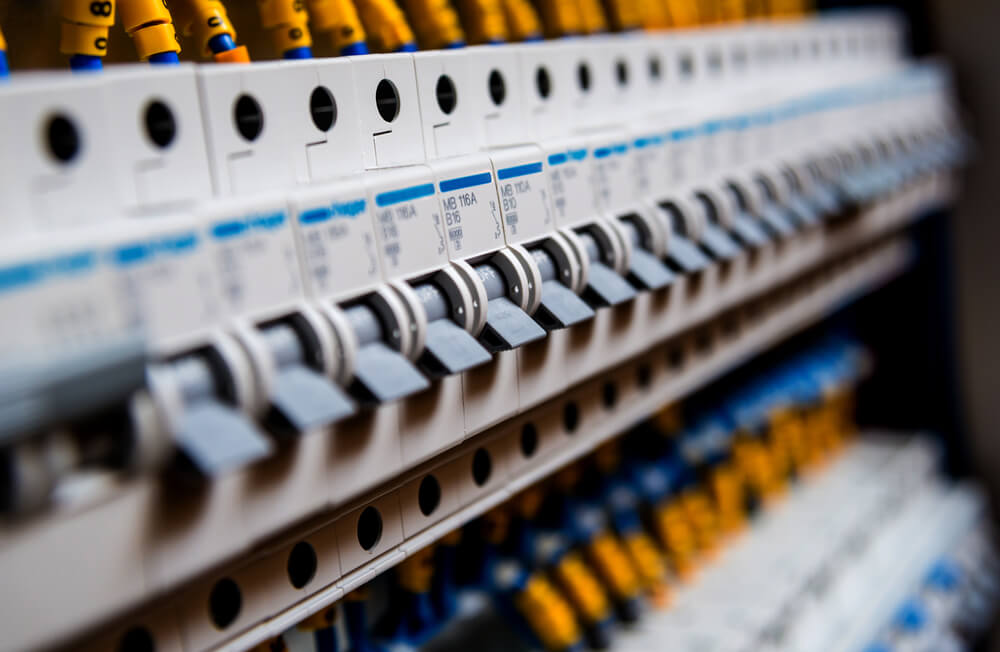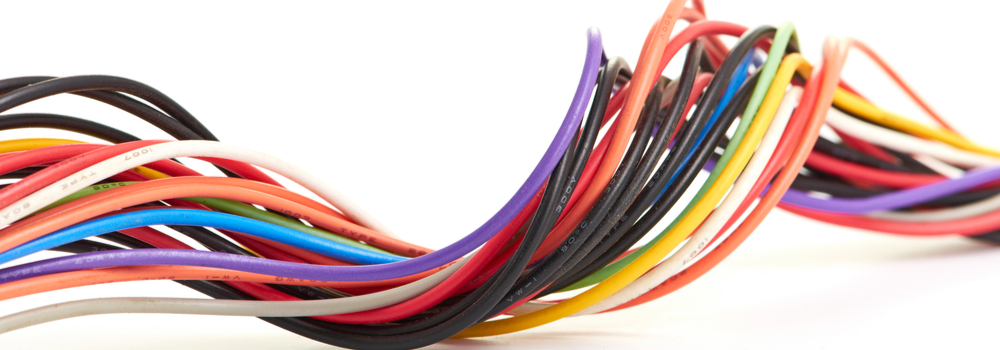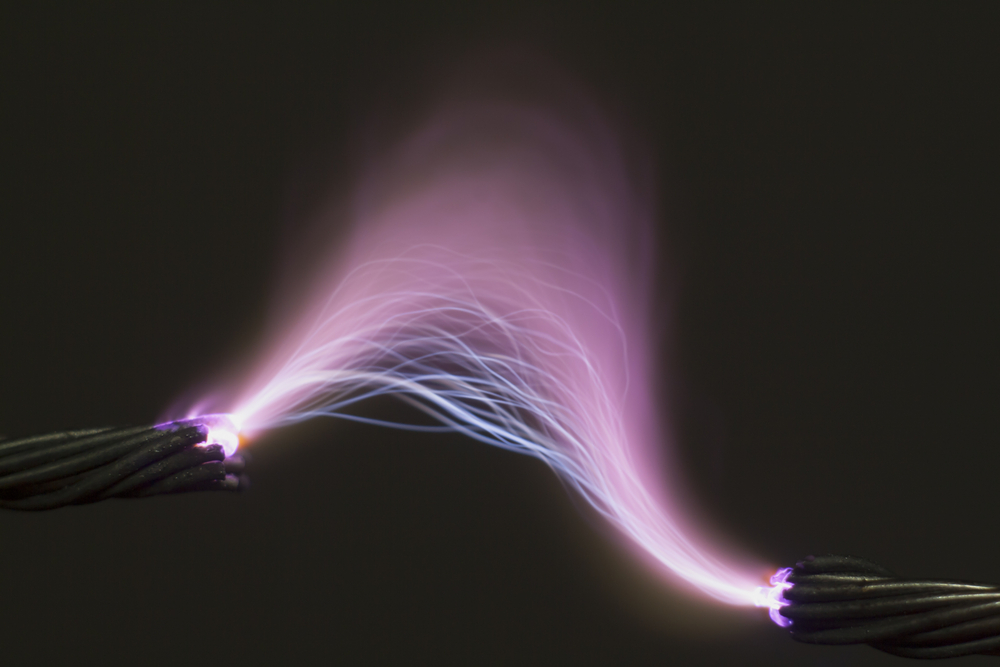Protective earthing systems: PME and PNB
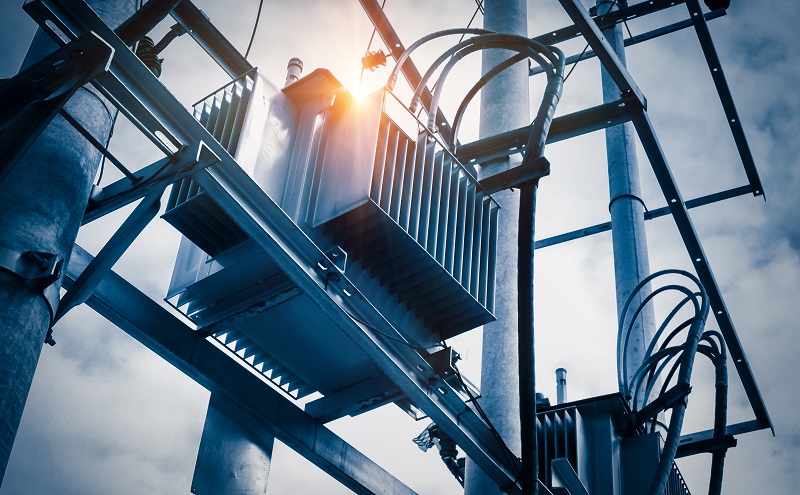
The distinctions between TN-C-S earthing variants, Protective Multiple Earthing (PME) and Protective Neutral Bonding (PNB), often lead to confusion.
This article is an overview of a comprehensive ECA Member guidance note titled, ‘When is TN-C-S PME and when isn’t it?’ which includes in-depth explanations of sizing and calculations and other guidance.
Visit the Members’ area of the ECA website to access the full guide and view the full range of Technical Support.
Despite both falling under the TN-C-S category, they diverge significantly, impacting design considerations and inspection outcomes. In this article, we shed some light on the distinction between PNB and PME, providing essential guidance for electrical professionals.
The basics of TN-C-S
A TN-C-S earthing system, denoted by its single source of supply, establishes a direct connection with Earth at one or more points.
The 'T' signifies this connection, while 'N' designates the connection of exposed conductive parts to Earth through a protective conductor.
The subsequent 'C-S' letters imply the combination of neutral and protective conductors in the supply, which then separate within the installation.
This configuration, also known as PME, involves the earthed Protective Earth Neutral (PEN) conductor, forming the backbone of the system.
PME: a closer look
TN-C-S transforms into PME when the PEN or Combined Neutral Earth (CNE) conductor is earthed at multiple points in the supply and at the source itself.
This ensures a low impedance path to Earth for all elements of the PEN conductor, making it the most prevalent form of connection to installations.
In practical terms, all exposed-conductive-parts link to the PEN conductor via the main earthing terminal, creating a network of interconnected terminals.
PNB: a useful alternative
Protective Neutral Bonding (PNB), akin to PME, operates within the TN-C-S framework but introduces a crucial distinction.
In PNB, the neutral earth connection is established once at or near the customer's installation rather than at multiple locations.
This is particularly common in scenarios where dedicated transformers for individual customer connections or pole-mounted transformers serving isolated locations are prime examples of TN-C-S PNB setups.
TN-C-S PNB surfaces when the consumer's installation is tethered to a single source of supply at just one point on the network. This often involves a direct supply to an individual customer directly from the transformer.
Engineering Recommendation G12/4 from the Energy Networks Association advises that the connection to Earth and the consumer's intake should ideally be 40 meters or less apart.
Minimizing the risk of voltage rise due to a broken neutral is crucial, prompting the recommendation to make this connection as close as possible to the consumer's supply terminals.
Implications for design and inspection
When dealing with TN-C-S PNB installations, it's crucial to acknowledge that, in most cases, they can be considered equivalent to TN-S for sizing the main earthing and main protective bonding conductors.
The maximum size of the main protective bonding conductor need not exceed 25 mm² of copper conductor. In contrast, TN-C-S PME installations are treated akin to where PME conditions apply, where the maximum size of the main protective bonding conductor should not surpass 50 mm² of copper conductor.
Designers are advised, per Note above Table 54.8 of BS 7671:2018+A2:2022, to confirm any specific requirements of the local Distribution Network Operator (DNO). DNOs may necessitate a larger size of protective bonding conductor to accommodate local network conditions.
Navigating the TN-C-S maze
In the realm of TN-C-S earthing arrangements, understanding the subtleties between PME and PNB is paramount. This knowledge not only streamlines design processes but also ensures compliance with regulations, minimizing the risk of 'unsatisfactory' inspection reports.
ECA’s industry-leading Technical Team offers unrivalled support across a wide range of electrotechnical activities. ECA Members can access exclusive application guides, editable certificates, guidance notes, technical bulletins, and access to the ECA Technical Helpline. Learn more about ECA Technical support and the benefits of ECA membership here.
.jpg?width=970&height=90&ext=.jpg)






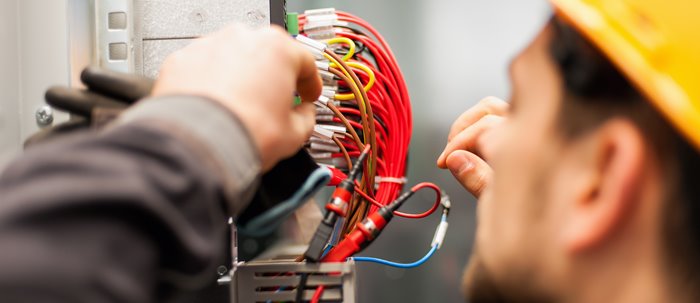


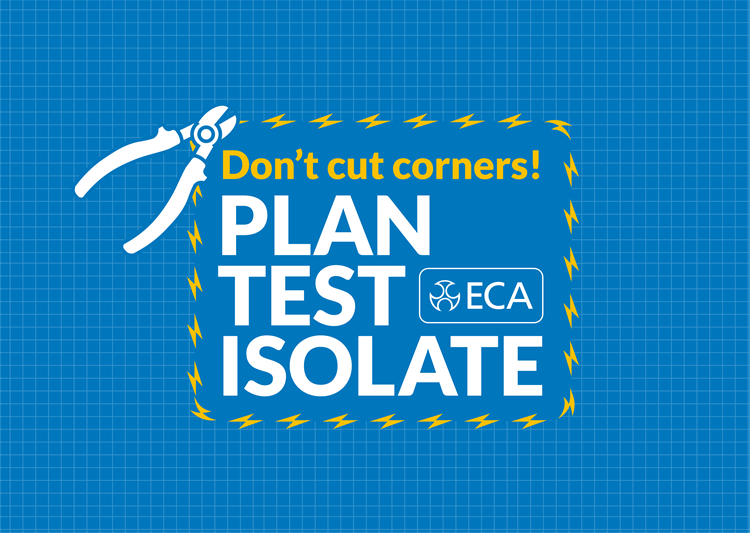

.jpg?width=1000&height=667&ext=.jpg)
